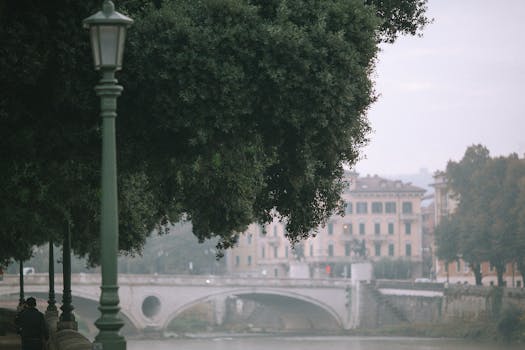
Urban Green Spaces: The Future of Outdoor Living in European Cities by 2025
Urban Green Spaces are becoming increasingly important in European cities, and it’s easy to see why. As the world becomes more urbanized, the need for green spaces has never been greater. Not only do they provide a peaceful escape from the hustle and bustle of city life, but they also play a crucial role in maintaining the health and well-being of citizens.
Introduction to Urban Green Spaces
Urban Green Spaces refer to any area of greenery within an urban environment, including parks, gardens, green roofs, and even urban forests. These spaces are not just aesthetically pleasing, but they also provide a range of benefits, from reducing air pollution to promoting physical activity.
The Benefits of Urban Green Spaces
So, what exactly are the benefits of urban green spaces? Here are just a few:
- Improved Air Quality: Urban green spaces can help to reduce air pollution by absorbing pollutants and producing oxygen.
- Increased Physical Activity: Green spaces provide opportunities for physical activity, such as walking, cycling, and sports, which can help to reduce the risk of obesity and other health problems.
- Mental Health Benefits: Spending time in nature has been shown to have a positive impact on mental health, reducing stress and anxiety.
- Urban Heat Island Mitigation: Green spaces can help to mitigate the urban heat island effect, which can make cities feel hotter than surrounding rural areas.
European Cities Leading the Way
Many European cities are already leading the way when it comes to incorporating urban green spaces into their design. For example:
- Copenhagen’s Green Roof Initiative: Copenhagen has implemented a green roof initiative, which aims to cover 50% of the city’s roofs with greenery by 2025.
- Barcelona’s Superblocks Program: Barcelona’s Superblocks program aims to reduce traffic and increase green space in the city, by creating car-free zones and pedestrianizing streets.
- Amsterdam’s Green Infrastructure: Amsterdam has invested heavily in green infrastructure, including green roofs, green walls, and urban forests.
The Future of Outdoor Living in European Cities
So, what does the future hold for urban green spaces in European cities? By 2025, we can expect to see even more innovative and sustainable approaches to outdoor living. Here are just a few trends to watch:
- Increased Use of Green Roofs and Walls: Green roofs and walls will become even more popular, as cities look for ways to reduce energy consumption and improve air quality.
- More Urban Forests and Woodlands: Urban forests and woodlands will become more common, providing habitats for wildlife and helping to mitigate the urban heat island effect.
- Integration with Technology: Urban green spaces will become increasingly integrated with technology, including smart city initiatives and green infrastructure monitoring systems.






